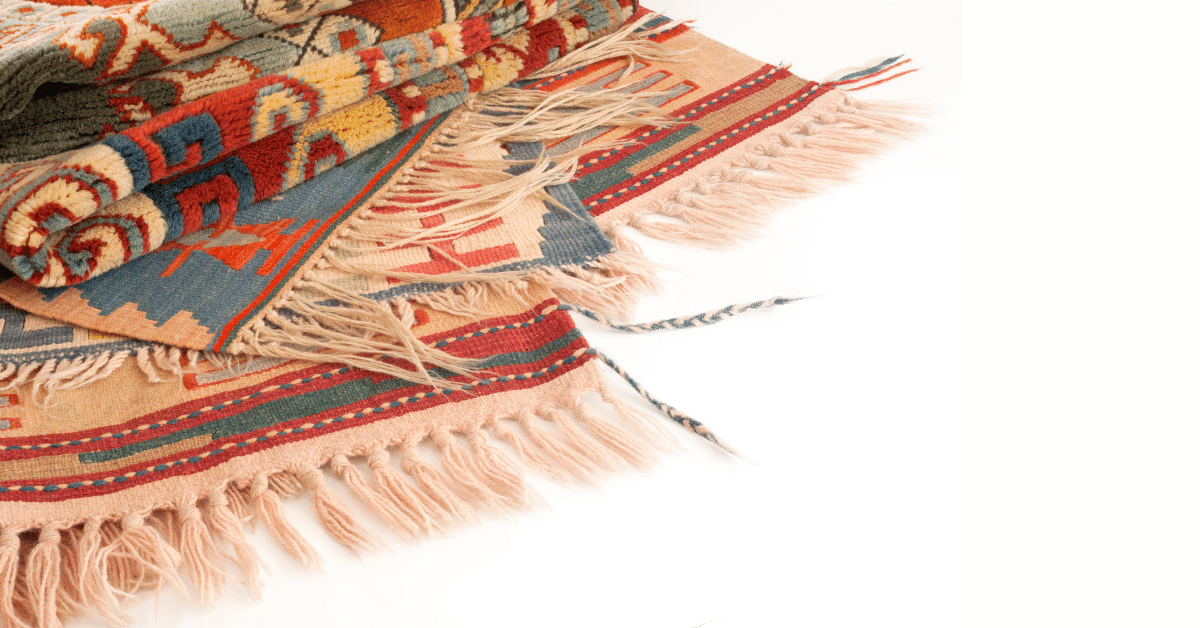How to Determine the Value of a Rug
First, you must establish if the rug is a machine-made rug or a hand-woven rug. The key difference is that handwoven rugs are one of a kind and are made in countries such as Turkey, Iran (Persia), Afghanistan, Egypt, India, China, and Pakistan origins. Handwoven rugs are known as decorator rugs and seldom appreciate over time.
In order to assess whether a rug is either hand-woven or machine-made is usually by looking at the back of the rug. Some characteristics to pay attention to in a rug is the pile, the design, the ends, and the sides. What material the rug is made of such as wool, silk, or cotton plays a vital role as well. In other cases, the type of knot that was implemented factors into the value of the rug too since the more knots, the more valuable the rug is. Since it is a handmade rug, more time and intricate effort are put into heavily knotted rugs. This also determines and factors into the durability of the rug from wear and tear over time. The knot also shows the skill of the weaver that made the rug. It is well worth the investment to pay close attention to knotting to better understand the value of your rug.
The value of the rug can be bought at different prices depending on when the rug was made. In order to determine this, you’ll need a certified appraiser. Certified appraisers usually work out of the office or in a specialty rug store. They will determine the condition of the rug, evaluate the origin, and then will get you an estimate.
What are the Differences Between a New, Vintage, and Antique Rugs?
With new handwoven rugs, the cost of the rug is determined by the size of the rug. Cost per inch! These new rugs utilize lighter colors and come in commonly used dimensions like 3 x 5, 4 x 6, 6 x 9, 8 x 10, 9 x 12 and 10 x 14.
Any time between 20 years or older can be considered a vintage rug. Vintage rugs come in various sizes but stay true to the common dimensions listed above. While as with antique rugs, 80 to 100 years is considered antique. Terminology often used to describe the time period of the rugs are modern and traditional style rugs.
One of the most popular craft in rugs are known as Turkish Oushak rugs which are highly requested and the most found style. However, there are others that are high in value with vintage and antique rugs such as:
- Bakhtiari
- Bidjar
- Gabbeh
- Hamedan
- Heriz
- Malayer
- Sarouk
- Senneh
- Serapi
- Sultanabad
- Tabriz
- Qashqai
These are all different types that have unique patterns that characterize the region where the rug was made. To be able to easily differentiate between these styles is to pay close attention to the boldness of color, intricate patterns, medallions, and any unique household names such as sewn text and symbols. All these factors contribute to the value of the rug.

